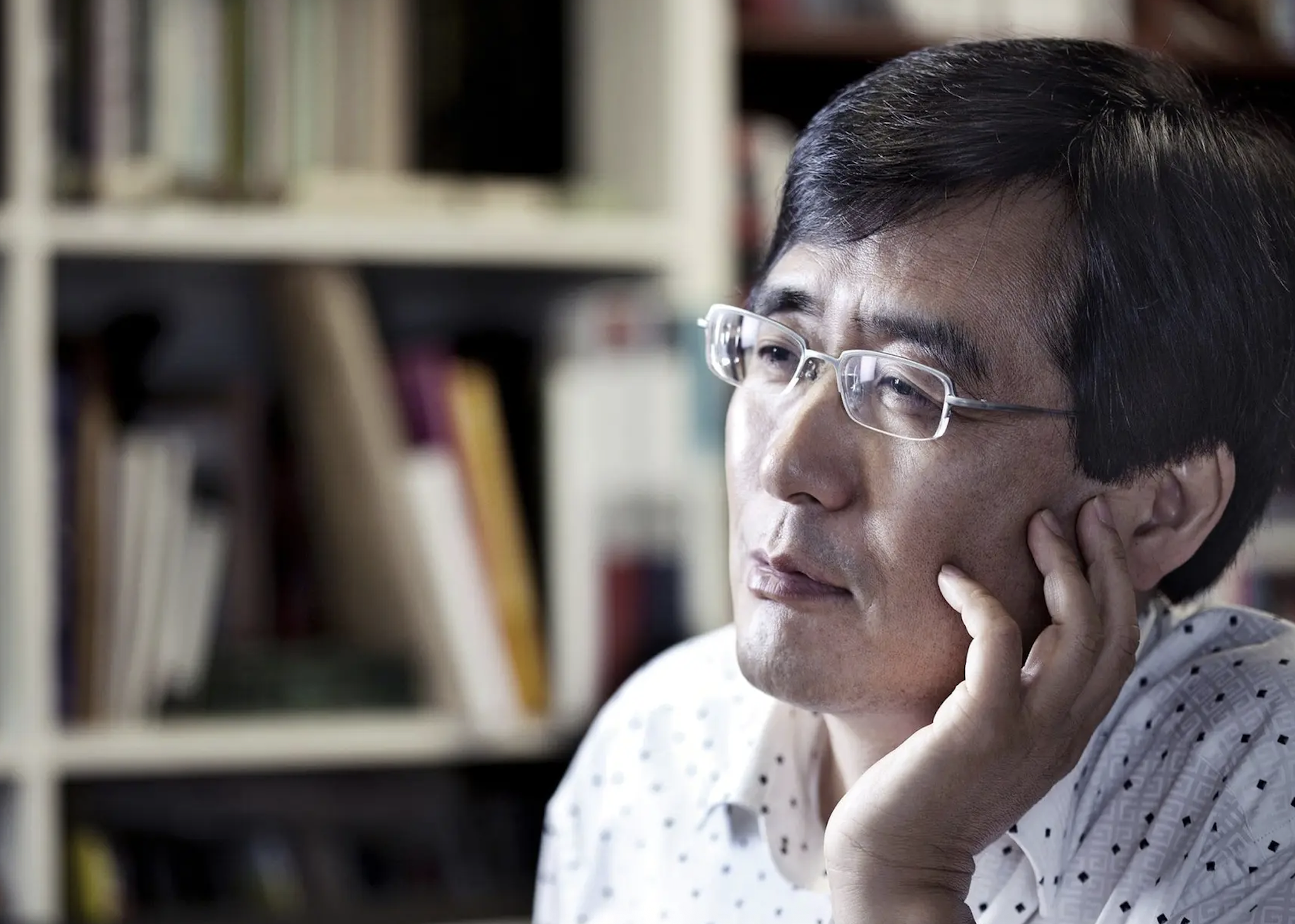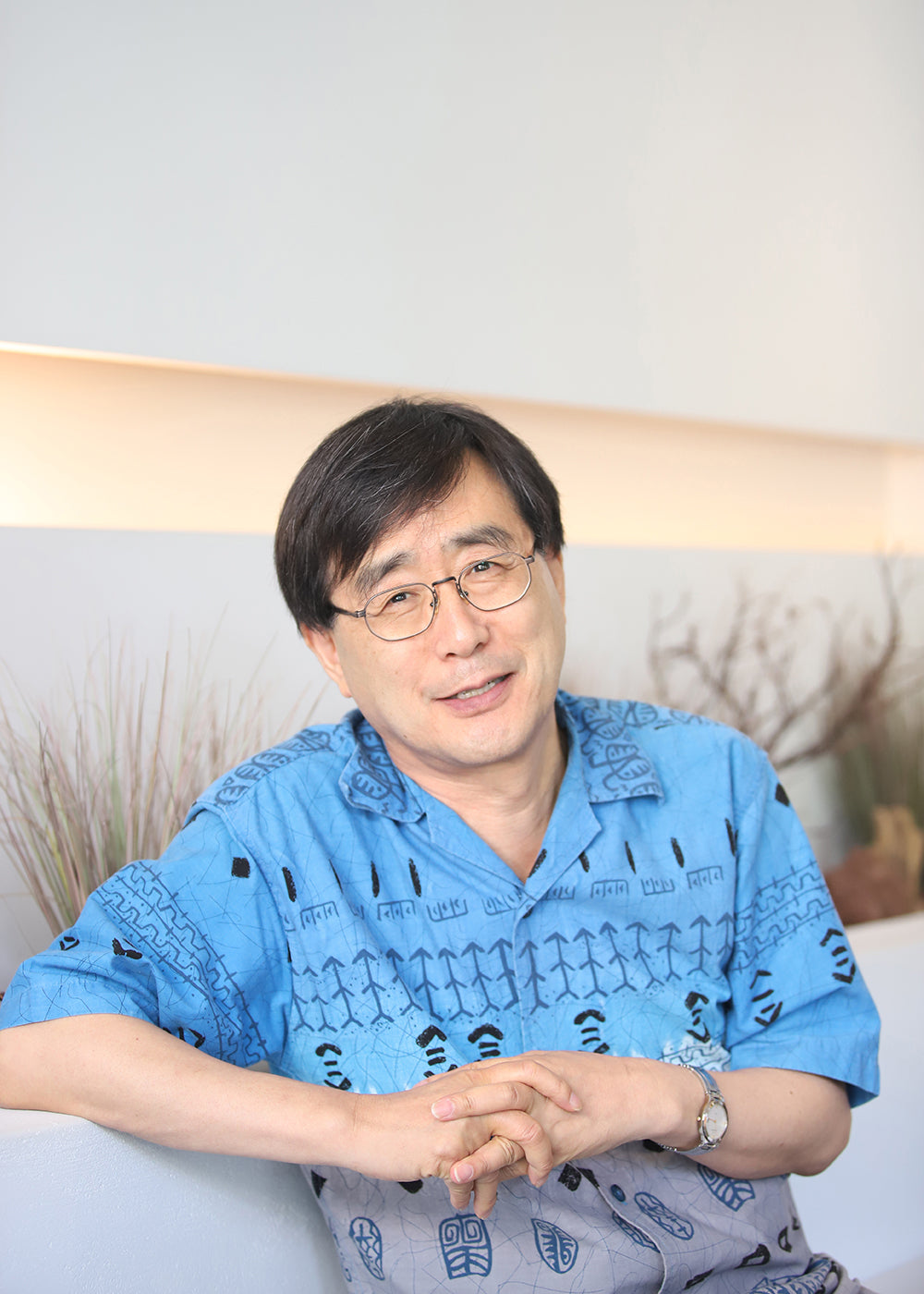How do you describe contemporary Korean dance?
We are passing the more modern dance period and getting into contemporary dance. However, until recently, Korean contemporary dancers just learned Western styles, especially European styles, and then those styles translated into our contemporary dance. Korean contemporary dance includes Korean traditional dance, too. The artists modernize it, and then it becomes Korean contemporary dance. Right now, it is dynamic and diverse. I cannot have one specific answer because the artists are very diverse based on the themes, and dance styles, and techniques.
However, I think that we still do not have any conceptual dance. The audience does not accept the conceptual dance, which is, like postmodern dance, performance art. We don't have that kind of genre at all. I think during the last about 10 years the concept of conceptual dance has come into Korea. And maybe it is popular among a group of choreographers, but there are not many performances of it.
In addition to being the artistic director of SID, you run the online media site The Preview. How would you describe the state of arts journalism in Korea?
Korea, in general, has cut all the papers. However, strangely enough, the dance field will still insist on print. Print magazines have an impact in dance, but overall, print is less influential than social media.
The younger generation of critics are very different compared to my generation. It feels like they are very light in their reviews. In my generation of critics, we could be debating with artists, or sometimes we would be writing against each other. The younger critics don’t want to be negative, and they just want to make a good relationship with the artists. They don’t want to hurt feelings. So, as president of the Korean Critics Association, I want to have three or four workshops among critics to ask, What is the main role of the critic? What is the responsibility of the critic. I want to have a forum.
What is a recent art experience—dance or otherwise—that you continue to think about?
The Spanish director, writer and actress Angélica Liddell’s play, “Liebestod.” I really loved that piece. It’s a drama about love, art and madness. I have seen many, many dance, theater, many kinds of performing arts, but I have an impression that in recent years, in our society, the art becomes more and more respectable. Nowadays artists don't like to be extremists. But Liddell showed us what is extremism in love and art.











comments